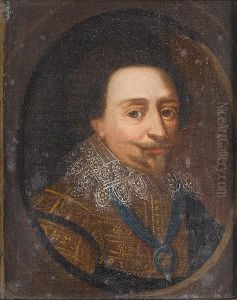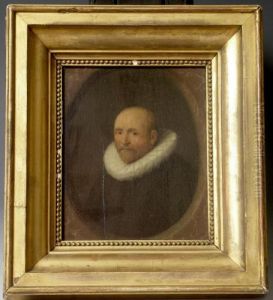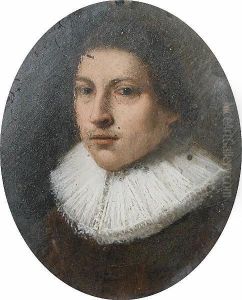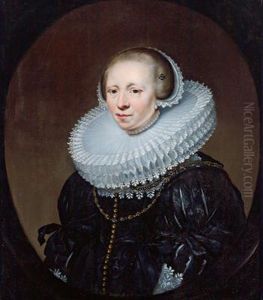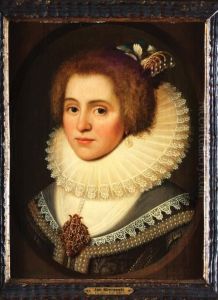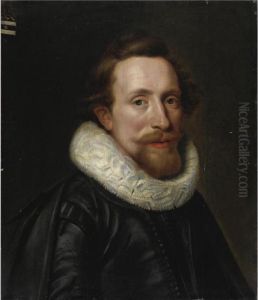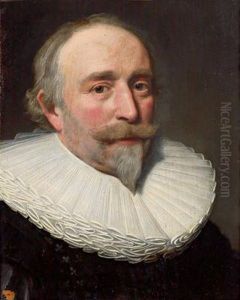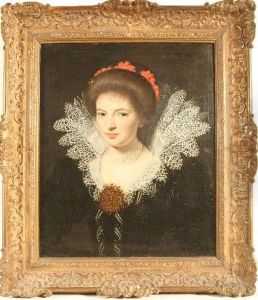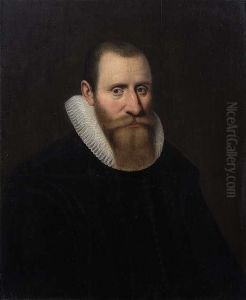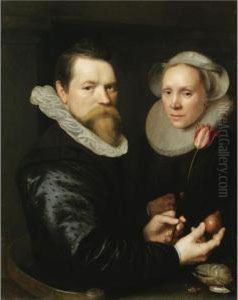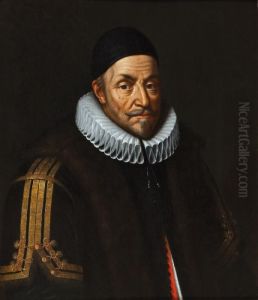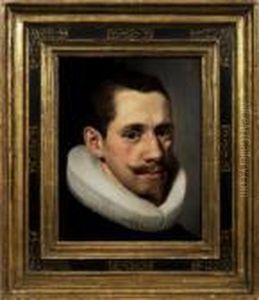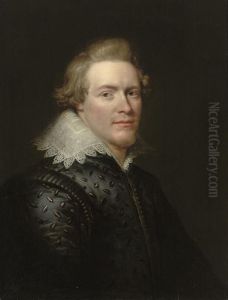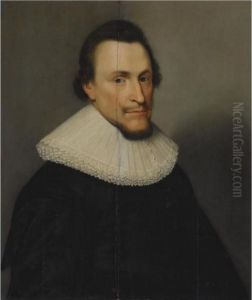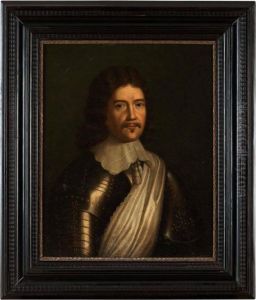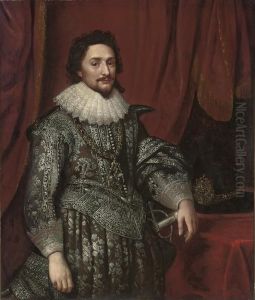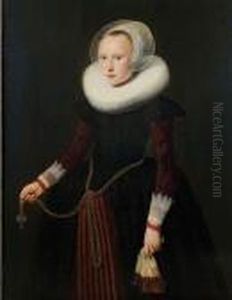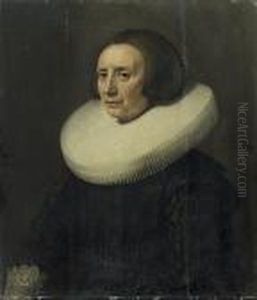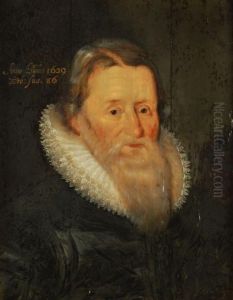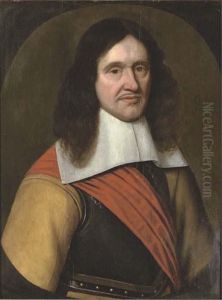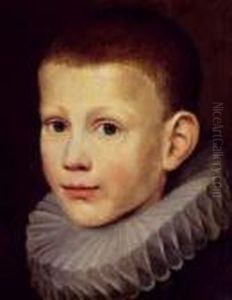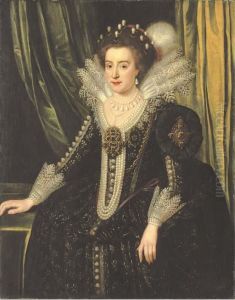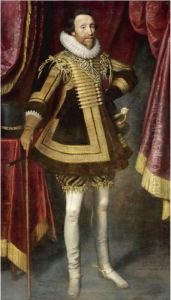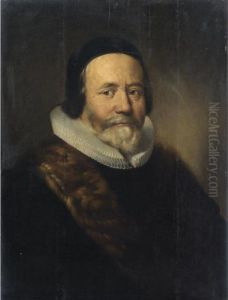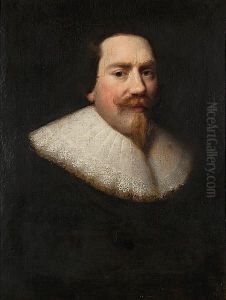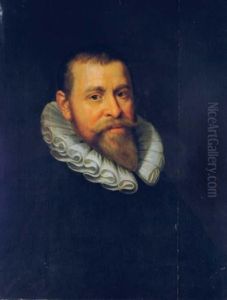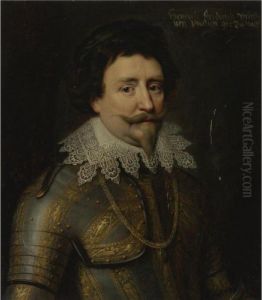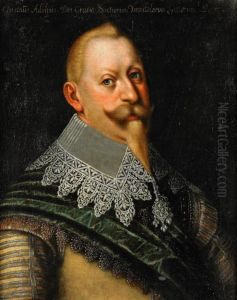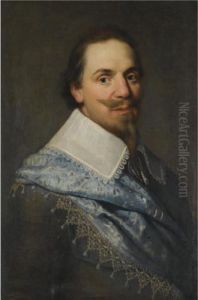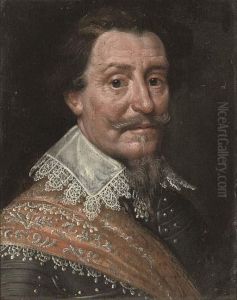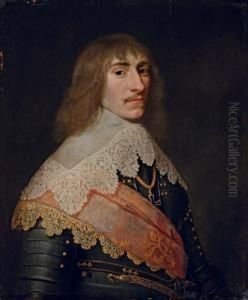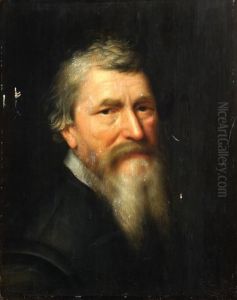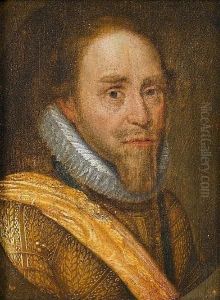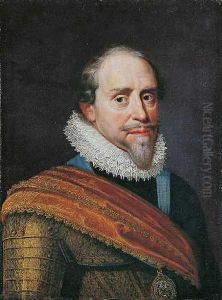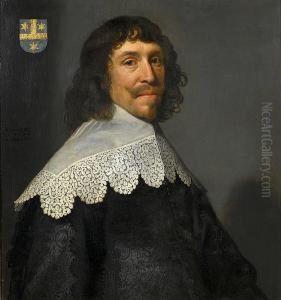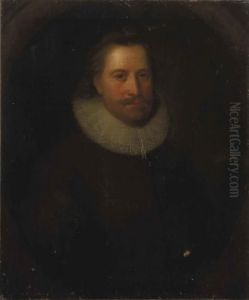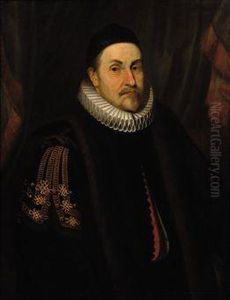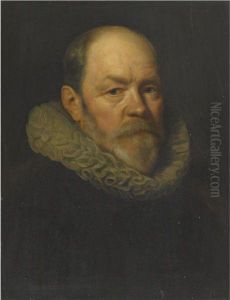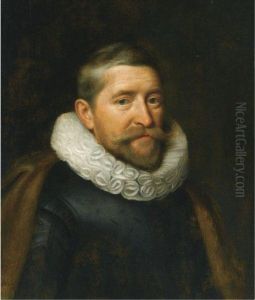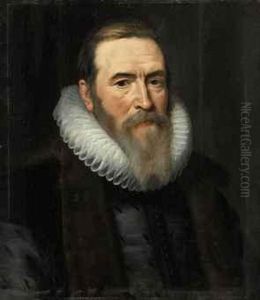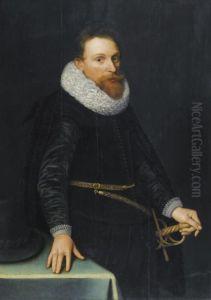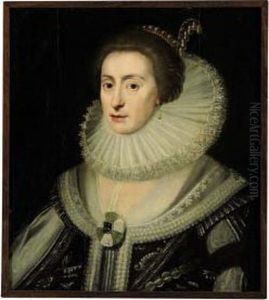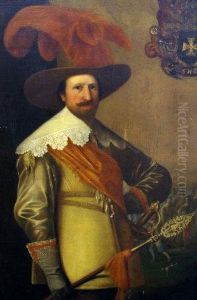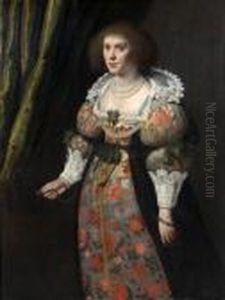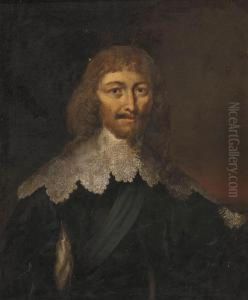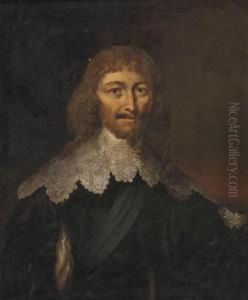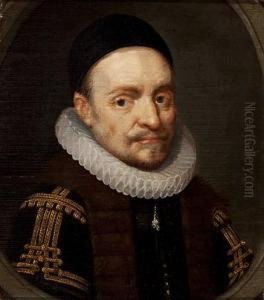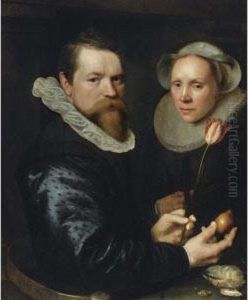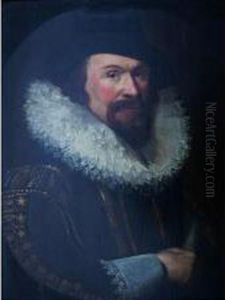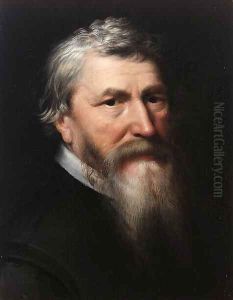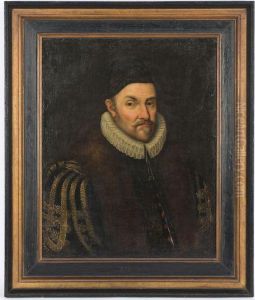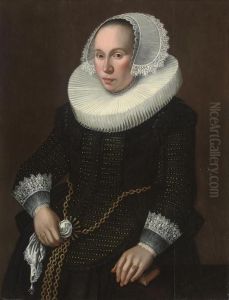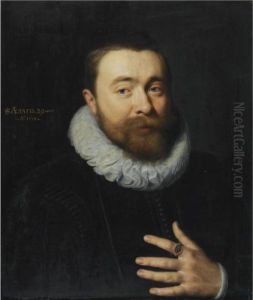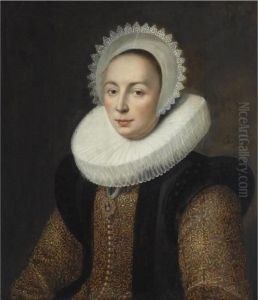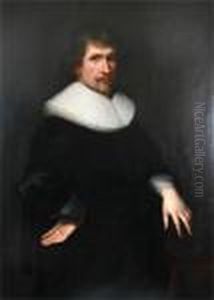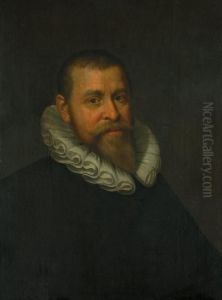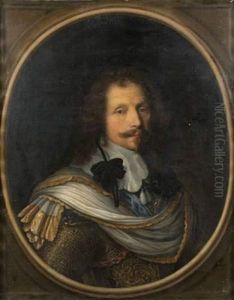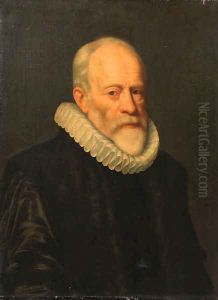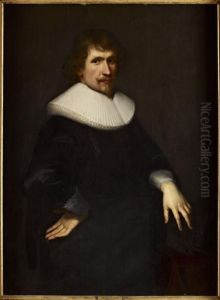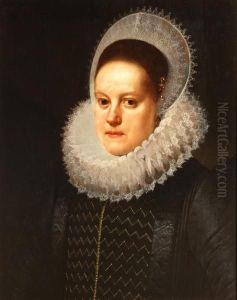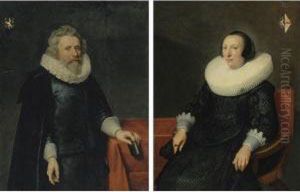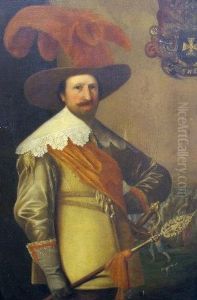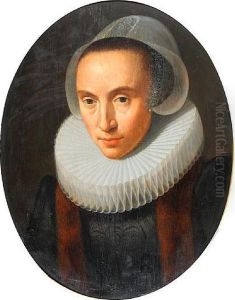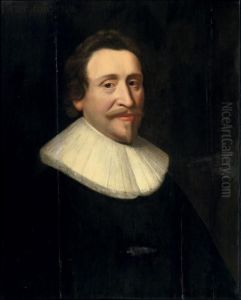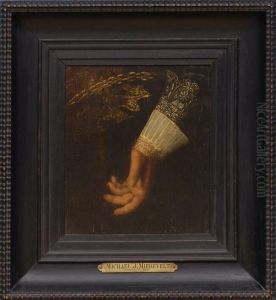Michiel Jansz. Van Miereveldt Paintings
Michiel Jansz. Van Mierevelt, also known as Michiel Janszoon van Miereveld or Miereveldt, was a prominent Dutch portrait painter who lived and worked during the late 16th and early 17th centuries. Born in the year 1567 in Delft, Netherlands, he was one of the most sought-after portraitists of his time, particularly among the Dutch elite and royalty.
Van Mierevelt's early life and training are not thoroughly documented, but it is known that he was initially taught by the painter Anthonie van Montfoort. He quickly gained a reputation for his skill and in 1585, he was enrolled as a member of the Delft Guild of St. Luke, which was a city guild for painters. By 1613, van Mierevelt had become the official court painter to Prince Maurice of Nassau, which considerably enhanced his reputation and clientele.
Throughout his career, Michiel van Mierevelt specialized in portraiture. His style was marked by a meticulous attention to detail and a subtle use of light and shadow, which helped to capture the psychological depth and individual character of his sitters. His portraits were often noted for their realism and the dignified representation of his subjects, which included scholars, statesmen, and royalty.
Van Mierevelt's works were in high demand, and his studio produced a significant number of portraits, many of which were replicated multiple times due to their popularity. These replicas were often executed by his pupils and assistants, including his sons Pieter and Jan. This practice was common at the time and allowed the artist to satisfy the high demand for his work while maintaining a consistent quality.
He was also a teacher and had a considerable influence on the next generation of Dutch portrait painters. His own son Pieter became a successful artist, and other notable pupils included Daniel Mijtens, who went on to become a court painter in England.
Michiel Jansz. Van Mierevelt continued to work until his death in Delft in 1641. His legacy endured through his numerous portraits, which capture a vivid image of the Dutch society during the Golden Age. Today, his works are held in high esteem and can be found in various museums around the world, including the Rijksmuseum in Amsterdam and the Mauritshuis in The Hague.

